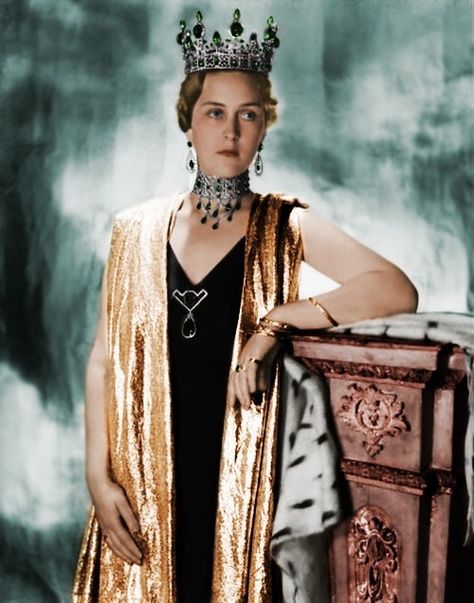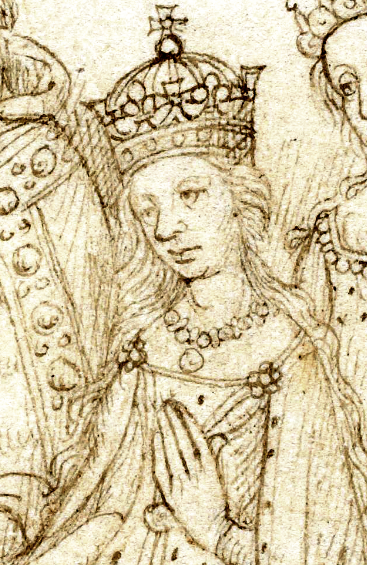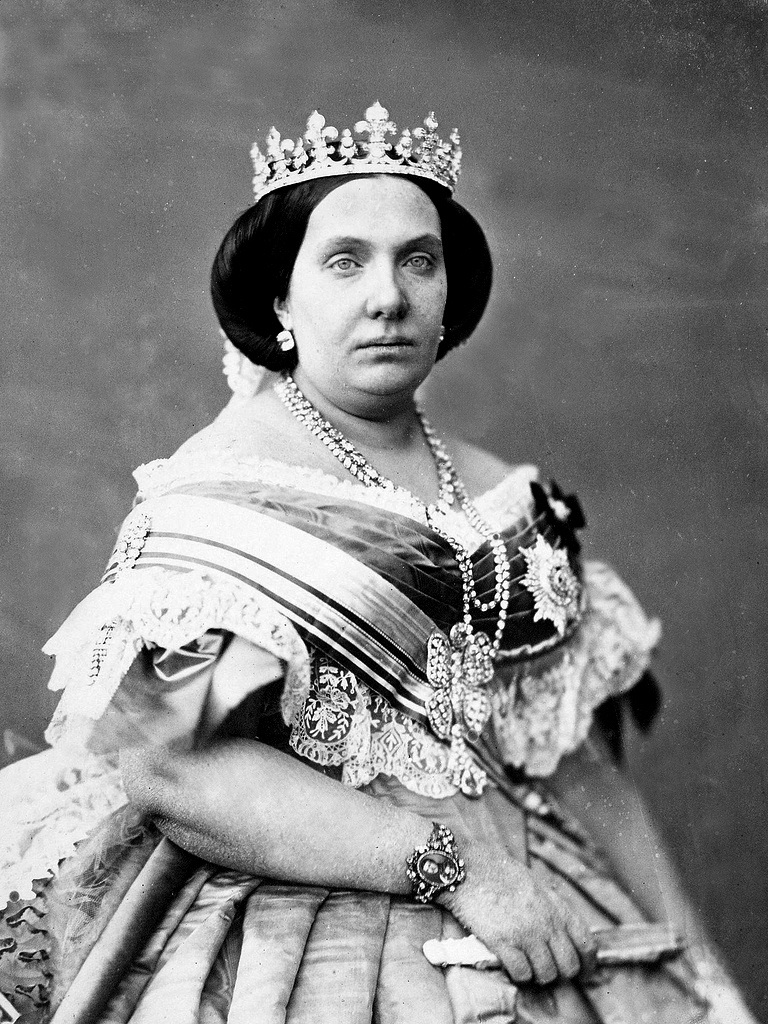Few narratives in history are as moving and heartbreaking as the tale of Princess Cecilie of Greece and Denmark. Born against the backdrop of Greek palaces’ magnificence and the turbulent setting of early 20th-century Europe, Cecilie’s life was a complex weave of royal responsibilities, personal delights, and deep sorrows.
Being the third oldest sister of Prince Philip, the Duke of Edinburgh, she has a history that is closely associated with both the European nobility and the British royal family. This article explores the life of Princess Cecilie of Greece and Denmark, from her early years on Greece’s sun-dappled estates until her terrible plane accident death.
Who Was Princess Cecilie of Greece and Denmark?
Princess Cecilie of Greece and Denmark was the third-eldest sister of Prince Philip, Duke of Edinburgh, and a Greek and Danish princess who, by her marriage to Prince Georg Donatus, attained the title of Hereditary Grand Duchess of Hesse.
We aim to shed light on the life of a princess whose sad story, although a vital part of European royal history, was eclipsed by more momentous historical events of her time. This will be achieved through a meticulous review of both official records and personal accounts.
Early Life and Royal Lineage
Cecilie, the Princess of Greece and Denmark, was born into a world of imperial grandeur and political scheming on June 22, 1911. As the third child of Grand Prince Andrew of Greece and Denmark and Princess Alice of Battenberg, Cecilie was raised in a family deeply rooted in the traditions of European royalty.
Growing up, she was surrounded by her siblings, each with their own personality and destiny. Her older sisters, Princess Margarita and Princess Theodora, provided protection, while her younger sister, Princess Sophie of Greece and Denmark, and the youngest of the brood, Prince Philip, who would later become the Duke of Edinburgh, shared many of the joys and challenges of their royal upbringing with her.
The siblings journeyed together through the intricacies of their family history, creating friendships that would endure the challenges of time and circumstance.
Growing Up During Wartime
During the early years of Princess Cecilie of Greece and Denmark, substantial historical events took place. One such event was the Balkan Wars, which unfolded from 1912 to 1913. These wars involved Greece in battles that reshaped the map of Southeast Europe. Just a year following her birth, Cecilie and her family got embroiled in the fallout of these wars, experiencing the intricacies of royal diplomacy and national politics firsthand.
The Greek royal family had many more obstacles during World War I. With allegiances strained and Europe divided, Greece’s situation was vulnerable, resulting in internal unrest and external pressures.
Exile and Return
The political turmoil in Greece, exacerbated by wars, led to the banishment of the Greek royal family. Young Cecilie, together with her family, sought refuge in Switzerland. This period of banishment was marked by a life devoid of palace grandeur, but it also fostered family unity and resilience. The family subsequently moved to France, where they grappled with the challenges of royal life in exile.
The ever-changing currents of politics eventually led to the restoration of the monarchy. As a result of these political changes, Princess Cecilie of Greece and Denmark and her family came back to Greece to reclaim their royal status and responsibilities.
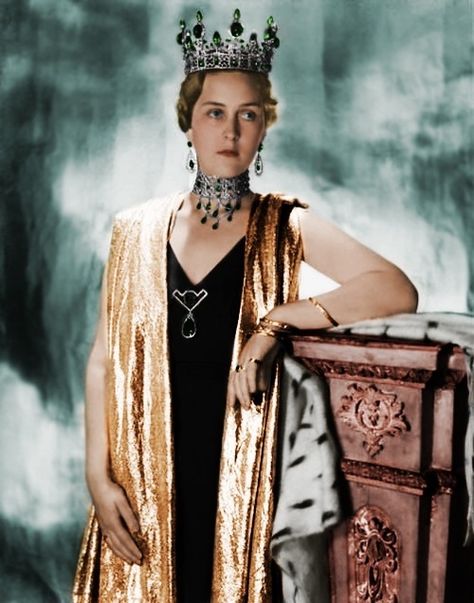
Marriage and Motherhood
The personal life of Princess Cecilie of Greece and Denmark, similar to her early years, was intricately intertwined with the broader fabric of European aristocracy.
The joy and challenges of her marriage and ensuing maternal role unfolded against the backdrop of a continent teetering on the brink of immense turmoil.
Princess Ceclie’s Marriage To Georg Donatus
Princess Cecilie of Greece and Denmark tied the knot with Georg Donatus, the Hereditary Grand Duke of Hesse, on February 2, 1931.
This union symbolized the fusion of two individuals and the merging of two renowned royal bloodlines. The extravagant wedding took place in Darmstadt, graced by royalty from across Europe, emphasizing the significance of this alliance.
Life in Darmstadt
Princess Cecilie of Greece and Denmark relocated to Darmstadt, a city rich in history and culture, following her marriage.
She embraced her new position as Hereditary Grand Duchess, undertaking royal duties and engaging with the local community.
Several major events in her married life took place in Darmstadt.
Blessings of Motherhood
Princess Cecilie of Greece and Denmark and Georg Donatus were fortunate to have three children, which only deepened their bond.
Their first child, Prince Ludwig, was born in 1931, followed by Prince Alexander in 1933. In 1936, they welcomed their daughter, Princess Johanna. Each child brought Cecilie immense joy, and motherhood became a significant part of her identity.
Nonetheless, happiness often came with challenges. The task of nurturing children in a time of political uncertainty and potential conflict necessitates resilience and adaptability. Cecilie, utilising her experiences of being exiled and displaced, tackled these issues with elegance and determination.
Political Affiliations and Controversies
Throughout the 1930s, Europe was dominated by political upheavals, proliferating ideologies, and the looming threat of another major conflict.
Due to their prominent status, Princess Cecilie of Greece and Denmark and her family were inevitably pulled into these political streams. The decisions they made were then scrutinised and debated.
The Rise of the Nazi Party
The Nazi Party rose to power in Germany throughout the 1930s. Their philosophy, which accentuated German nationalism, anticommunism, and antisemitism, began to pervade many aspects of German society.
Princess Cecilie of Greece and Denmark and her husband, Georg Donatus, who were members of the German aristocracy, had to maneuver through a changing political environment.
Association with the Nazi Party
Cecilie and Georg Donatus made the decision to join the Nazi Party in May 1937. This association has been a subject of disagreement among historians and royal observers. Some argue that their membership was a practical choice in a politically charged environment, while others interpret it as an endorsement of Nazi ideologies.
Understanding the broader context of the period is essential. The swift ascent of the Nazi Party compelled many European aristocrats to make tough choices, often finding a balance between personal beliefs and political expediency.
Legacy and Reflection
The fleeting association of Princess Cecilie of Greece and Denmark with the Nazi Party has indelibly marked her legacy. Although her life was tragically cut short and she did not experience the full atrocities of WWII and the Holocaust, her political alliances during that period continue to provoke discussion.
When examining the choices made by Princess Cecilie of Greece and Denmark, it’s crucial to consider the topic with a nuanced perspective, acknowledging the complexities of the era and the challenges encountered by those in roles of authority and influence.
Princess Cecilie of Greece and Denmark’s Tragic Plane Crash
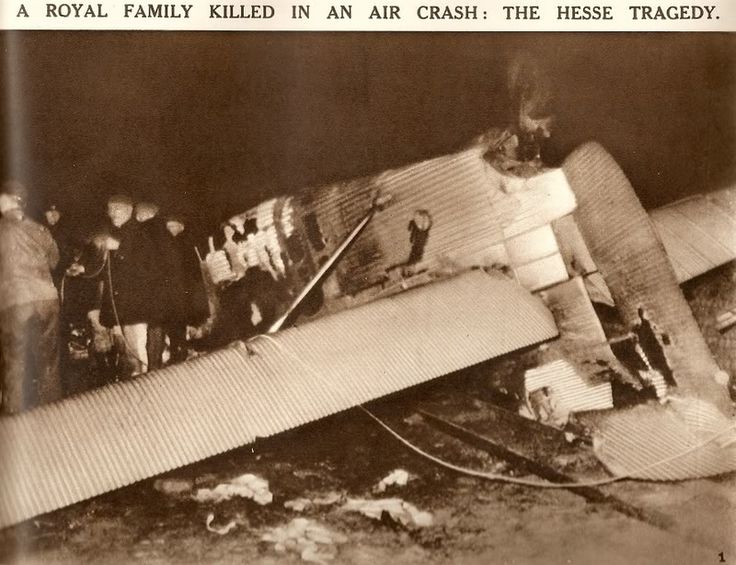
No chapter in the life of Princess Cecilie of Greece and Denmark is more devastating than the tragic plane crash that resulted in her death and that of her immediate family.
This incident, that jolted European nobility, stands as a sobering reminder of life’s frailty.
The Fateful Journey
Princess Cecilie of Greece and Denmark, who was heavily pregnant with her fourth child, made a trip to London in November 1937.
The group that was traveling to London for a wedding included her husband Georg Donatus, their two sons Ludwig and Alexander, her mother-in-law, and a family friend.
The Crash Near Ostend
A tragic incident occurred when their plane, while traversing the skies over Belgium, met with thick fog near Ostend city. The plane crashed, resulting in the death of all passengers on board.
The crash’s severity was such that no survivors were found. The scene was made even more poignant by a small coffin amidst the wreckage, meant for the baby Cecilie had been carrying.
Reactions and Aftermath
The news of the crash sent shockwaves throughout European royal circles. The loss of an entire generation of the Hesse family was heartbreaking. Cecilie’s younger brother, Prince Philip, who was attending school in Germany at the time, was said to be devastated by the death of his beloved sister and her family.
A sizeable assembly of European royalty attended the funeral in Darmstadt to honor the departed souls. This event marked one of the most significant congregations of royalty before the advent of World War II.
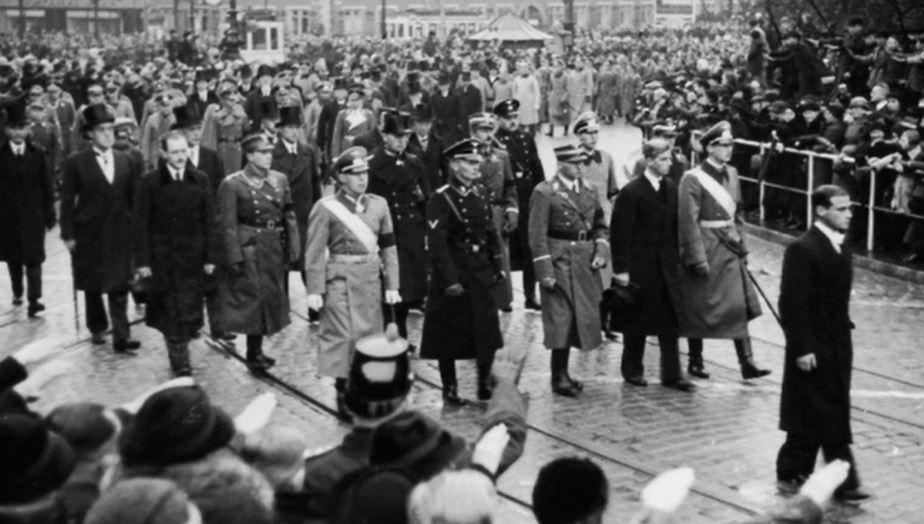
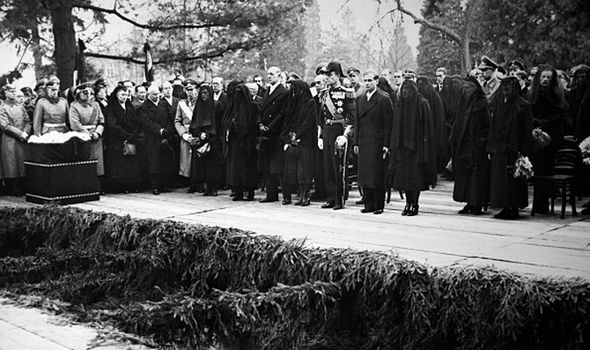
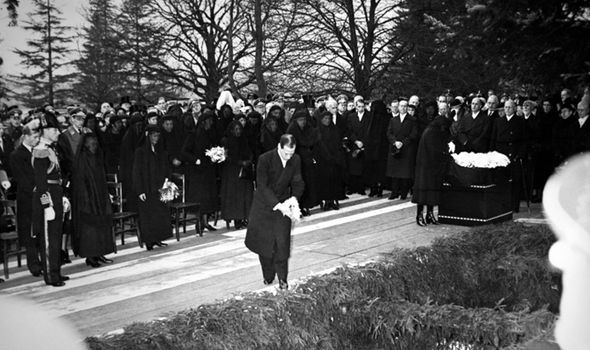
Legacy of the Tragedy
While the plane crash was a profound personal catastrophe for the family, its impact was extensive. It served as a sobering reminder of the unpredictability of life and the vulnerabilities that even the most advantaged individuals can encounter.
The premature death of Princess Cecilie and her family deeply impacted European royal history, prompting a time of significant loss and contemplation.
Prince Philip and Princess Cecilie of Greece and Denmark: A Brother’s Grief
The bonds between siblings are incredibly powerful, often surpassing time and situation.
The death of his sister, Princess Cecilie, deeply wounded Prince Philip, Duke of Edinburgh, and left a lasting impression on his mind that greatly influenced his perspectives.
A Close-Knit Bond
Prince Philip and Princess Cecilie maintained a close relationship from their early years in Greece until their exile.
The two siblings, having similar ages, navigated the hurdles of royal life together, building a strong bond based on trust and shared understanding. Cecilie, being older, often took on a protective role, assisting and supporting her younger brother in navigating the intricate nature of their royal upbringing.
The Impact of the Tragedy
Prince Philip was greatly devastated by the news of the plane crash, particularly as he was in Germany for school, away from his family at the time.
The abruptness of the loss, coupled with the severity of the tragedy, burdened the young prince profoundly. Those in his inner circle observed a noticeable change in his behavior, characterized by moments of introspection and profound sorrow.
Navigating Grief
Since then, Prince Philip has seldom made public statements about his sister’s death. However, those close to him observed that it profoundly influenced his perspectives on family, duty, and the transient nature of life.
The tragedy instilled in him a sense of duty and responsibility, which would eventually define his role as Queen Elizabeth II‘s consort.
Honouring Cecilie’s Memory
Prince Philip spent his lifetime finding understated methods to pay tribute to Cecilie. He made certain her legacy lived on, either by personal reminiscences, taking part in memorial services, or endorsing causes she held dear.
Princess Cecilie of Greece and Denmark was not merely a historical figure to him; she was a cherished sibling whose memory he believed deserved preservation and honor.
Portrayals in Media
Audiences have always been captivated by the lives of royalty, with their stories often being adapted and portrayed in different forms of media. The moving life story of Princess Cecilie of Greece and Denmark also falls into this category.
Films, television shows, and literature have all depicted her life, relationships, and tragic death.
“The Crown”: A Modern Retelling
“The critically acclaimed Netflix series ‘The Crown’ provided one of the most memorable portrayals of the life of Princess Cecilie of Greece and Denmark.”
Although the series primarily concentrates on Queen Elizabeth II’s reign, it also explores the personal lives of significant members of the British royal family.
“The Crown” delves into the early life of Prince Philip, highlighting the devastating plane crash and how it affected the young prince.
Historical Documentaries
Numerous historical documentaries have delved into the lives of European royalty, often prominently featuring the story of Princess Cecilie.
These research-based documentaries aim to give viewers an accurate recount of events, illuminating the personal and political intricacies of the period.
Literature and Biographies
Numerous biographies about Princess Cecilie of Greece and Denmark have been penned. Using historical records, personal letters, and firsthand accounts, writers have crafted a comprehensive depiction of the princess, encapsulating the spirit of her life and era.
These biographies enhance readers’ comprehension of Cecilie’s character, her relationships, and the difficulties she encountered.
Accuracy and Impact
Media portrayals assist in circulating the narrative of Princess Cecilie, but they should be approached with skepticism. Not all representations are entirely accurate, as some adaptations utilize artistic license for heightened drama.
Nevertheless, these depictions, regardless of being completely accurate or dramatized, hold a crucial role in safeguarding Princess Cecilie’s legacy and making certain that her story continues to reverberate with audiences for many generations.
Conclusion
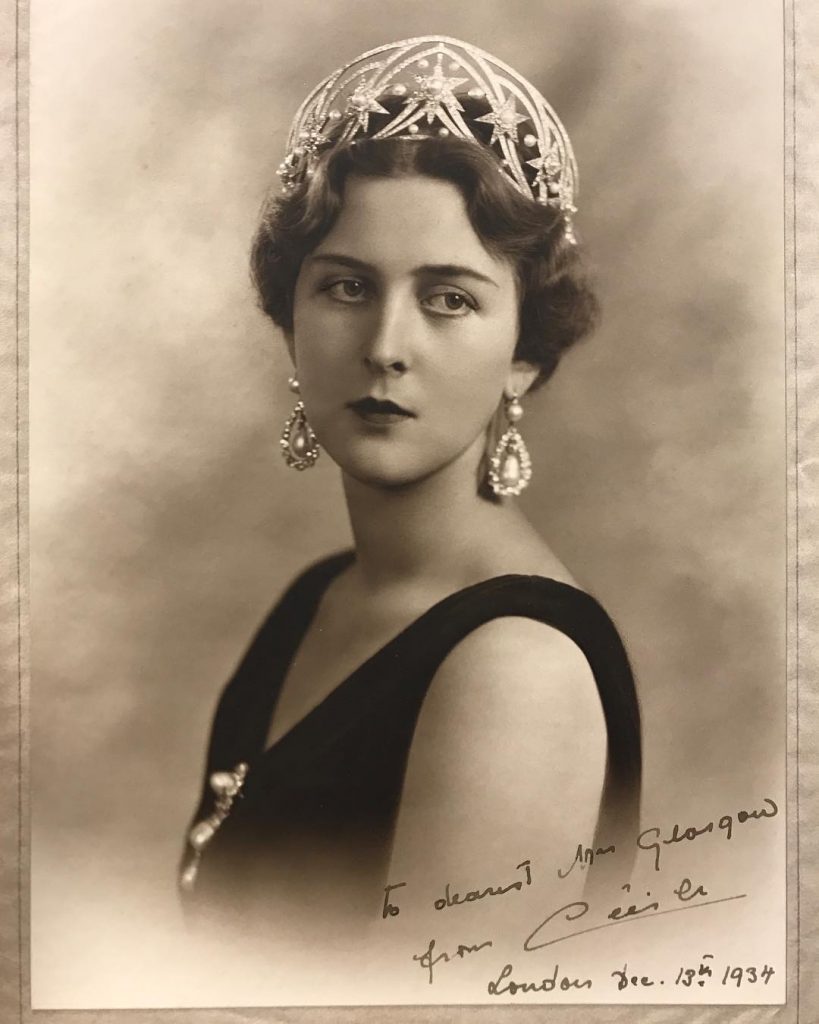
Princess Cecilie of Greece and Denmark’s life, though tragically short, was filled with royal obligations, personal happiness, and deep sadness. Born into a lineage of European monarchs, she navigated the intricacies of her role with elegance while confronting personal and political difficulties.
The tragic plane crash that caused her premature death and also claimed the lives of her immediate family, remains one of the most devastating episodes in the history of European royalty.
Princess Cecilie of Greece and Denmark, however, left a legacy that transcends the tragic circumstances of her demise. Her influence has resonated with future generations of the British royal family, particularly through her relationships, most notably with her younger brother, Prince Philip. The tale of her life, a blend of royal grandeur and personal tragedy, serves as a touching testament to the universal human experiences that even those of highest privilege cannot escape.
When contemplating the life of Princess Cecilie of Greece and Denmark, it’s vital to approach her narrative with compassion and understanding, acknowledging the broader historical and political climates that shaped her choices and experiences.
By doing this, we not only pay tribute to her memory but also gain understanding into a past era of European history, marked by magnificence, difficulties, and inevitable change.
References
The following primary and secondary sources were utilized to ensure accurate and comprehensive understanding of Princess Cecilie of Greece and Denmark’s life:
- Vickers, H. (2000). Alice: Princess Andrew of Greece. London: Hamish Hamilton.
- An in-depth biography of Princess Alice of Battenberg, Cecilie’s mother, which offers an understanding of the family’s life and difficulties.
- The National Archives, UK.
- Official papers and communications pertaining to the interactions of the Greek royal family with the British monarchy.
- “The Crown” (2017). Season 2, Episode 9: “Paterfamilias”. Netflix.
- A dramatized depiction of Prince Philip’s early life, with mentions of Princess Cecilie and the heartbreaking plane crash.
- The Royal Collection Trust.
- Photographs and documents from the archives related to visits made by Princess Cecilie and her family to the UK.
- Historical Newspapers Archive.
- Firsthand accounts of the tragedy are provided by contemporary newspaper reports covering the plane crash and its aftermath.
This article aims to offer a balanced and thoroughly researched account of Princess Cecilie of Greece and Denmark’s life by consulting various sources. It strives to ensure her story is told accurately and in detail.

